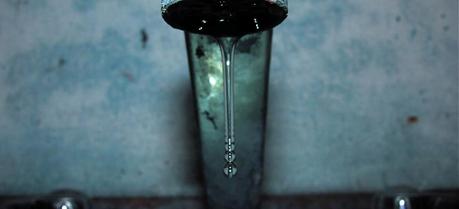 (Credit: Flickr @ Damien Weidner http://www.flickr.com/photos/aweidner/)
(Credit: Flickr @ Damien Weidner http://www.flickr.com/photos/aweidner/)A test to check for groundwater contamination from shale gas extraction processes and other unconventional techniques like coal bed methane extraction is being developed at the University of Edinburgh.
Methods used for shale gas extraction include hydraulic fracturing, commonly known as fracking, in which shale rocks below ground are split with high-pressure fluids to release gas that is recovered for fuel.
Coal bed methane is extracted from deep coal seams by drilling into the coal to reduce the pressure and release gas.
Groundwater often contains methane gas from shallow natural sources, which is harmless in small quantities. One study showed that people who get drinking water from wells that are located too close to a fracking site appear to be at higher risk of drinking water contamination from stray gases. Another study, however, found no evidence of groundwater contamination from shale gas production.
Researchers are developing ways to fingerprint methane gas by identifying the types of carbon and hydrogen present along with tiny traces of inactive natural gases, known as noble gases.
These fingerprints vary depending on the origin and depth of the methane, and will enable scientists to pinpoint its source.
The researchers, from the Universities of Edinburgh and Glasgow and the Scottish Universities Environmental Research Center, will record the fingerprints of natural shallow methane in the groundwater at gas extraction sites before any commercial operations begin.
They will also take the fingerprints of deep methane produced by gas exploration.
If, following exploration activities, levels of methane in groundwater are found to have changed, the components of the gas present can be compared with the fingerprint analysis, to determine its origin.
If the gas is traced to gas exploration or extraction, appropriate action can be taken.
Scientists will develop the test by adapting a technique developed for use in monitoring potential leaks of carbon dioxide gas from storage sites deep underground.
“Creating a fingerprint test will enable gas exploration and extraction to be carried out responsibly and should help address public concerns over this technology. It is important that action is taken to sample relevant sites before commercial extraction begins,” said Dr. Stuart Gilfillan from the University of Edinburgh’s School of GeoSciences.

